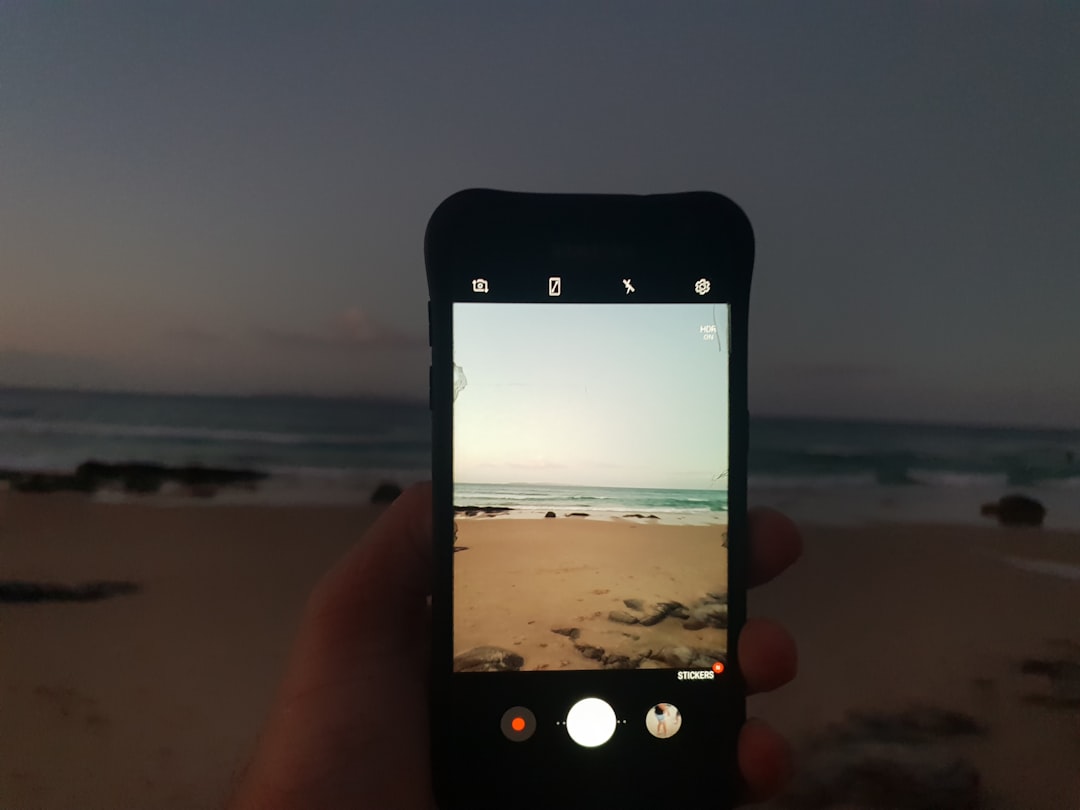In the fast-evolving landscape of digital marketing, the integration of Augmented Reality (AR) has emerged as a powerful tool to elevate user engagement and transform customer experiences. As we move into 2025, AR technology continues to mature and becomes more accessible to brands of all sizes. Leveraging AR in your marketing campaigns is no longer a futuristic ambition but a strategic necessity to remain competitive in an increasingly interactive marketplace.
What is Augmented Reality Marketing?
Augmented Reality marketing refers to the use of AR technology to overlay digital content onto the real world through devices like smartphones, tablets, and AR glasses. This creates immersive experiences that allow consumers to interact with products or services in personalized and engaging ways. Whether it’s trying on virtual clothing, visualizing furniture in a room, or scanning a product for interactive content, AR offers a fresh dimension to traditional marketing methods.
The Benefits of AR in Marketing
Incorporating AR into your campaigns provides several significant advantages:
- Enhanced Engagement: AR experiences capture users’ attention longer than static content.
- Improved Conversion Rates: Interactivity leads to higher confidence in purchase decisions.
- Brand Differentiation: Innovative use of AR helps set your brand apart in a crowded digital space.
- Deeper Analytics: Track interaction patterns and behaviors for better targeting.

Practical Ways to Use AR in Your 2025 Marketing Campaigns
1. Virtual Try-On Experiences
Retailers, especially in fashion and cosmetics, can benefit enormously from AR try-on technology. Allow customers to virtually try on clothes, glasses, or makeup using their smartphone or in-store AR-enabled mirrors. With AI advancements in 2025, facial recognition and body tracking are more accurate than ever, enhancing the realism of these experiences.
2. AR-Enhanced Packaging
Add a digital layer to your product packaging by incorporating AR codes that unlock exclusive content, games, or product information. For example, a customer could point their device at a cereal box to watch an animated story featuring your brand’s mascot or view nutrition facts in 3D. This not only entertains but adds educational value to the buying process.
3. Interactive Storefronts and Displays
Brick-and-mortar retail is being revitalized with AR-powered displays. Dynamic window displays can respond to passersby, showcasing products or promotions in real-time. Using AR glasses or mobile apps, customers can even access personalized recommendations while walking through a store.

4. Gamified Marketing Campaigns
Gamification through AR turns promotional activities into fun, interactive experiences. Engage your audience with AR scavenger hunts, loyalty point collection games, or storytelling adventures anchored in real-world locations. These campaigns increase brand engagement and encourage viral sharing on social media platforms.
5. Immersive Product Demonstrations
Businesses in tech, automotive, and home improvement can provide customers with in-depth looks at complex products. Enable people to view a 3D model of your product, zoom in on features, or see assembly instructions at home. This helps demystify high-value items and reduces returns or dissatisfaction after a purchase.
Steps to Integrate AR into Your Marketing
To successfully bring AR into your marketing strategy in 2025, follow these essential steps:
- Define clear objectives: Know whether you want to raise awareness, boost conversions, or enhance loyalty.
- Choose the right AR platform: Evaluate platforms like WebAR, app-based AR, or social media filters depending on your audience.
- Develop engaging content: Quality and relevance of your AR experience matter more than novelty.
- Test extensively: Ensure compatibility across devices and operating systems to avoid poor user experiences.
- Measure and iterate: Use analytics to refine your campaign for maximum ROI.
Looking Ahead: The Future of AR in Marketing
As AR continues to integrate with AI and 5G, expect even more seamless, real-time, and intelligent interactions in marketing. In 2025, we’re seeing a shift toward WebAR technology, reducing the need for app downloads and significantly lowering the entry barrier for consumers. Meanwhile, advances in voice recognition and gesture control make AR even more intuitive.
AR-enabled wearables like Apple Vision Pro and Meta smart glasses are also gaining traction, providing new canvases for marketers. As these devices become more mainstream, the importance of creating experiences that are optimized across multiple devices is paramount.
Conclusion
Integrating Augmented Reality into your marketing campaigns offers a transformative way to engage audiences, showcase products, and differentiate your brand in 2025. Although it requires strategic planning and thoughtful execution, the ROI potential is substantial. From virtual try-ons to immersive storytelling, AR can turn passive viewers into active participants in your brand journey. Embrace this technology now to create authentic, unforgettable experiences that resonate with the modern consumer.
